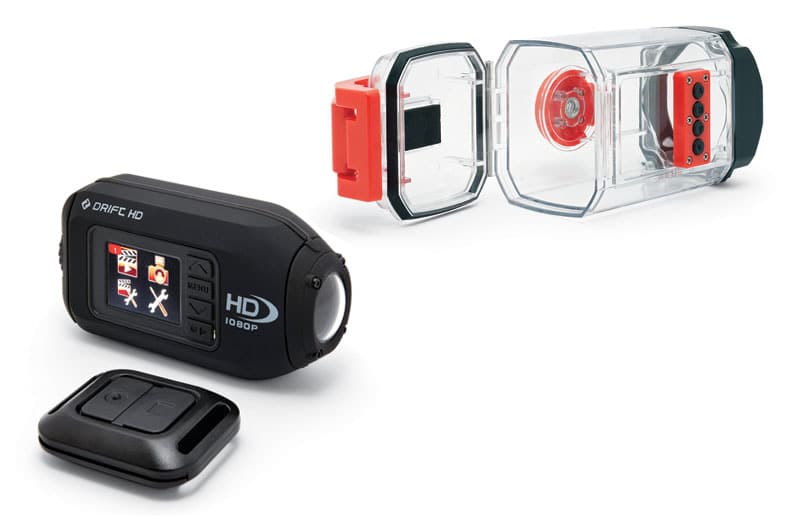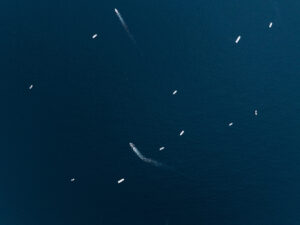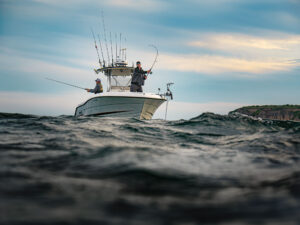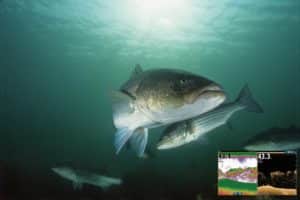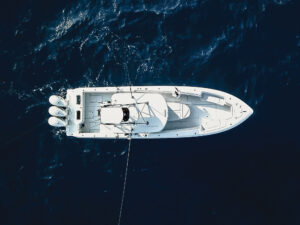People say a picture is worth a thousand words — but that number’s got to be 10 thousand for fishermen. Anglers love nothing more than showing off their fishy photos. This is as true today as during the era of the black-and-white picture.
But never before have fishermen had so many options. The digital revolution has spawned literally hundreds of incredibly powerful cameras. Many of these are both portable and easy to use, making them ideal for fishing. And boy, do they work!
Even ordinary anglers are generating professional-grade images and video these days. Underwater photography — once unheard of among amateurs — is now commonplace. And these trends will march on as technologies continue to advance. It will all lead to better equipment at more-affordable prices — and, ultimately, even more-radical fishing media.
Stills and Video: Two Worlds Collide
Of course, things weren’t always this way. For decades, film and Polaroids ruled the day for anglers. But with the rise of the digital camera in the mid-1990s, it quickly became apparent that the computer screen — not the photo lab — would rule the future. In fact, many of today’s least-expensive point-and-shoot digital devices capture not only high-resolution stills but video as well.
Take Canon’s PowerShot D10, for example. “It’s our waterproof, shockproof model,” says Len Musmeci, Canon’s public-relations manager and an avid angler who fishes for tuna in New Jersey each June. “Its attributes are excellent on the water.”
The D10 is a 12.1-megapixel device, perfectly adequate for grin-and-grab style shots. Megapixels, by the way, refer to the camera’s degree of imagery resolution (a megapixel represents 1 million pixels; a pixel, meanwhile, is the basic building block of a digital image). At just 6.7 ounces, the D10 is also small enough to be carried in your pocket.
Most large companies such as Canon and Nikon offer a wide array of excellent products at various price points — and quality is continually improving. Sony recently unveiled a new, 16.2-megapixel point-and-shoot, the Cyber-shot TX10. But if you want to step it up a notch in your fishing photography, look to Sony’s Alpha NEX line.
While the NEX has an extremely small, compact body, it’s equipped with a huge sensor, and it can accommodate professional lenses. It all adds up to greater performance.
“You can’t say ‘Cheese!’ to a jumping marlin and expect him to hold still,” jokes Mike Kahn, director of Sony’s Alpha camera systems. “You need high-speed focusing systems, extremely fast shutter lag and lots of light, which is captured with a large lens. In the NEX, our engineers created a camera that offers DSLR (digital single-lens reflex) quality at about half the weight of those cameras.”
And half the price. For $700, you can have a 16.1-megapixel NEX-5N matched with an 18-55mm lens. The camera captures stills at 10 frames per second and shoots high-definition 1,920-by-1,080-pixel video. Basically, it’s fully capable of freezing that wild marlin in flight.
Go-Anywhere Cameras
But the NEX can’t go underwater. Don’t fret. There are plenty of other devices that can, many of which can actually be worn on a person’s body.
Often called point-of-view cameras, this category took root among adrenaline seekers who would bungee-jump from bridges or launch snowboards from cliffs with cameras strapped to their bodies and boards, recording every pulse-pounding second.
Soon, anglers got into the act.
“We’re seeing more and more GoPro cameras being used in all types of fishing,” says Jessica Parker, communications coordinator at GoPro, the California-based company that pioneered this wearable category in 2002. “You can even mount them to places like gaffs, which allow you to get really cool shots.”
This is possible because the GoPro Hero is sold with a bevy of mounting accessories, as well as a waterproof housing that keeps the camera safe and bone dry.
And while this category was born among the ultra daring, it’s broadening its reach with each passing day.
“It’s not just for the cool guys anymore,” says John Rounds, global marketing and sales manager at Drift. “The new market has different demands and expectations. The product needs to be easy to use, more like a smartphone.”
Drift kept that in mind when it launched in 2009. Its latest product — the 9-megapixel Drift HD — is equipped with a built-in LCD screen, and comes with a handy remote control along with an optional underwater housing.
But just how mainstream have these cameras become? Even salty old skippers are getting into the game. Capt. Marlin Parker, the legendary big-game Hawaiian captain, is also the father of GoPro’s Jessica Parker. And, yes, he carries a couple of Hero cams in his boat at all times.
“It’s showed him an entirely new perspective of sport-fishing photography and video capture,” says the younger Parker. “He’s been experimenting with placing it all over the boat, on the anglers, on the deckhands and in the water.”
Social Media — The New “Braggin’ Board”
In days of old, fishermen like Marlin Parker might have tacked their best Polaroids and prints on the “braggin’ board” of the local tackle shop.
But today, the term “social media” has taken on a whole new meaning. Instead of dusty corkboards, anglers are posting and sharing their digital images and video on the Web through portals like Facebook and Google+. And the digital devices that are capturing this media are becoming more intricately connected to these outlets.
“Social media and YouTube have incredibly shaped our products,” says Marc Barros, chief executive and co-founder of Contour Inc. “Recognizing the importance of sharing, Contour built various social-connectivity features into its cameras so users can use high-definition video, layer the video with GPS data, and easily share their epic moments.”
Most of this sharing occurs on Facebook, where GoPro commanded 1.6 million fans at press time. In fact, says Parker, “between Facebook, Twitter and YouTube, a GoPro video or photo is being uploaded every couple of minutes.”
This, no doubt, will be a major driving factor for future camera designs.
“The next big step for the industry is going to be tethering,” says Kahn. “That is to say, I’ve got my phone in the dash of my boat, and I want to upload an image to Facebook immediately from the camera rather than transferring it to my laptop first.”
Kahn says that connecting high-performance cameras to smartphones will be done increasingly through Wi-Fi portals that bridge the two or transfer photos directly from the camera to the Web. In fact, Sony’s Bloggie Live camera, released earlier this year, already does this.
“It’s an amazing time to be a consumer,” Kahn says.
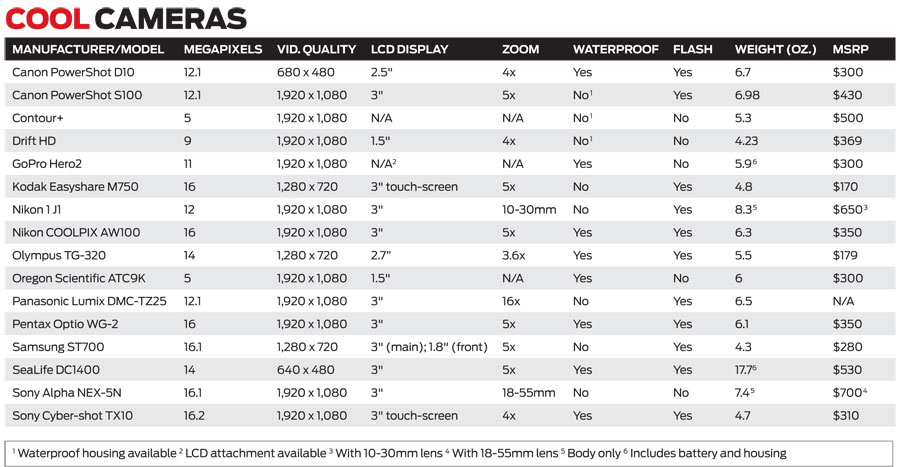
Cool Cameras
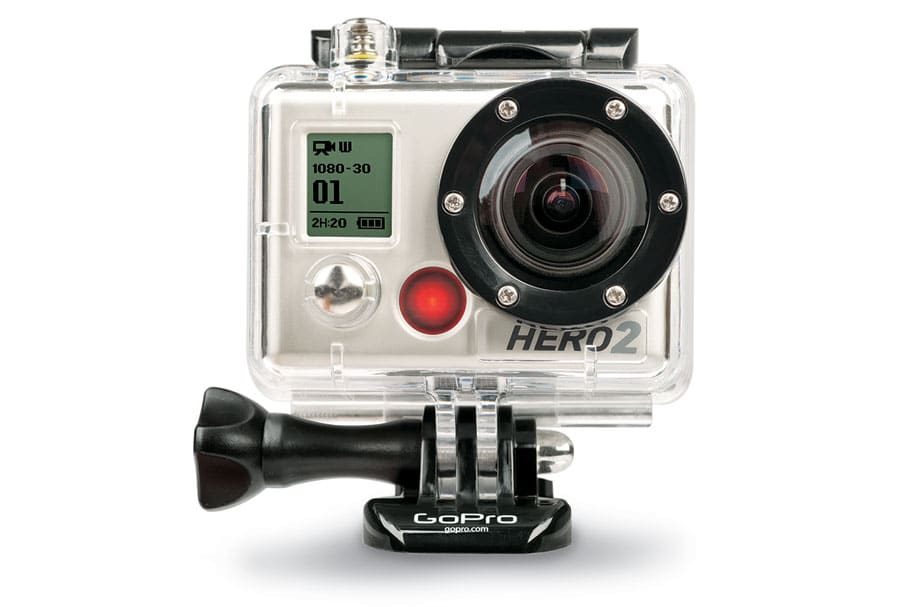
GoPro Hero2
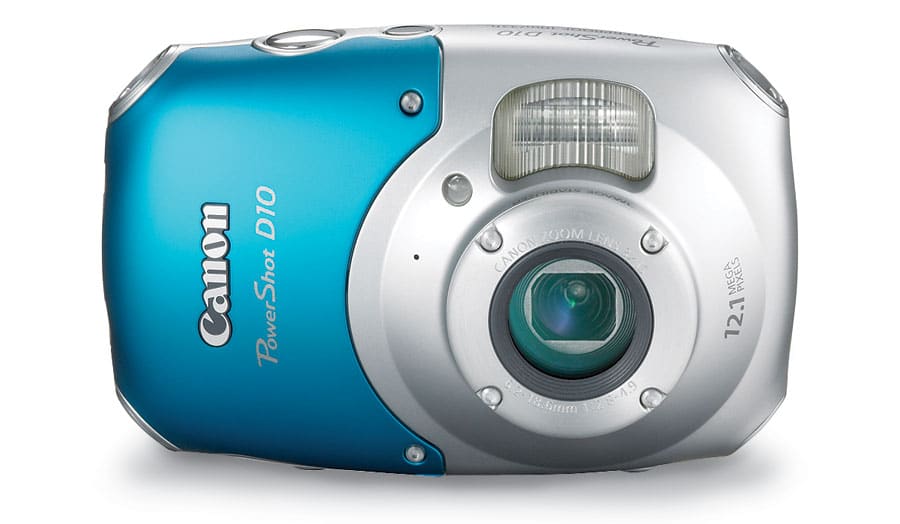
Canon PowerShot D10
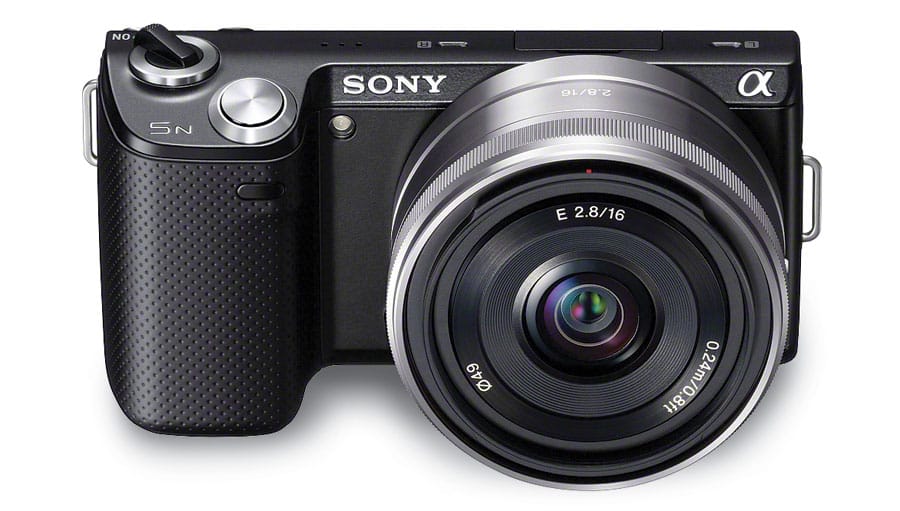
Sony Alpha NEX-5N w/ 18-55mm lens
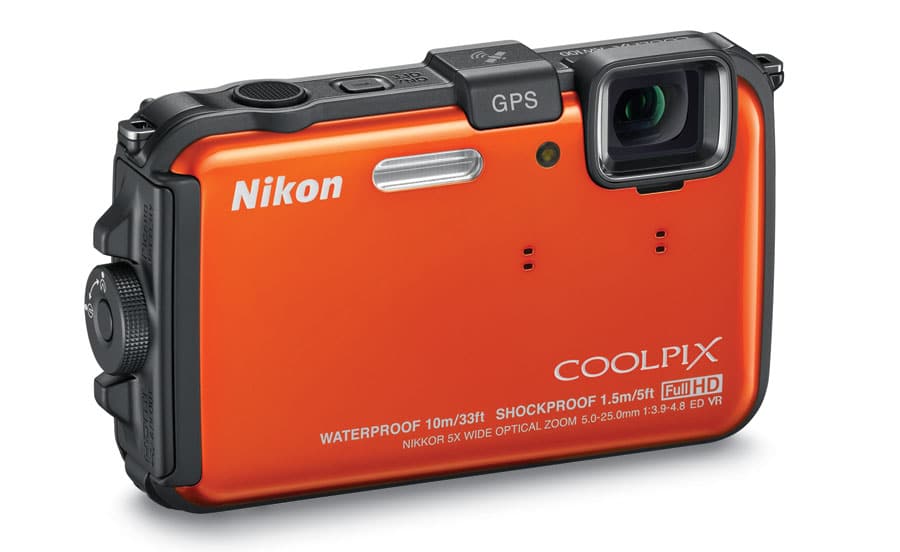
Nikon COOLPIX AW100
